 FROM THE VAULT
FROM THE VAULT
Concerning the Spiritual in Art by Wassily Kandinsky
“It is the conviction that nothing mysterious can ever happen in our everyday life that has destroyed the joy of abstract thought.”
Students and aspiring artists will find the entirety of Concerning the Spiritual in Art by Wassily Kandinsky a fascinating read. Throughout, Kandinsky attempts to lay out a theory of art through analogy to the composition of music. In doing so, Kandinsky is explicitly seeking to promote the inner expression or spirituality of the artist in the creation of a truly abstract art. For architects, urban designers, and urban planners, it is likely that they will find particular sections of Concerning the Spiritual in Art more useful to their own area of interest than others in the book; in particular, page 21-45 on the psychological effect and language/form of color. As might be expected from an artist of Kandinsky’s standing, he has some very interesting and insightful ideas about the use and mixture of colors in composition. It seems like some of these ideas might prove useful application in the built environment, especially for those who find themselves constrained in an oppressive world of beige. Certainly, the use of color in the built environment appears to be a poorly understood subject, especially in the United States. It couldn’t hurt for some professionals to better understand the topic.
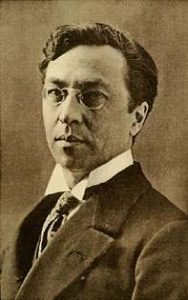 About Wassily Kandinsky
About Wassily Kandinsky
Wassily Kandinsky (December 16, 1866 – December 13, 1944) was an influential Russian painter and art theorist. He is credited with painting one of the first purely abstract works. Born in Moscow, Kandinsky spent his childhood in Odessa, where he graduated from Grekov Odessa Art school. He enrolled at the University of Moscow, studying law and economics. Successful in his profession, he was offered a professorship (Chair of Roman Law) at the University of Dorpat. Kandinsky began painting studies (life-drawing, sketching and anatomy) at the age of 30. In 1896, Kandinsky settled in Munich, studying first at Anton Ažbe’s private school and then at the Academy of Fine Arts. He returned to Moscow in 1914 after the outbreak of World War I. Kandinsky was unsympathetic to the official theories on art in Communist Moscow and returned to Germany in 1921. He taught at the Bauhaus school of art and architecture from 1922 until the Nazis closed the school in 1933. He then moved to France, where he lived for the rest of his life, becoming a French citizen in 1939 and producing some of his most prominent art (Source: Wikipedia).
 Concerning the Spiritual in Art by Wassily Kandinsky
Concerning the Spiritual in Art by Wassily Kandinsky
Paperback (76 pages), English
CreateSpace Independent Publishing Platform (June 11, 2010)
ISBN-13: 978-1453627426
ISBN-10: 1453627421
You can purchase Concerning the Spiritual in Art by Wassily Kandinsky on Amazon here.
From the Vault is a series from the Outlaw Urbanist in which we review art, architectural and urban design texts, with an emphasis on the obscure and forgotten, found in second-hand bookstores.



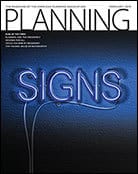 Planning Naked | February 2016
Planning Naked | February 2016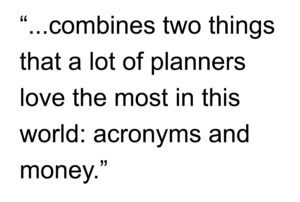 “A Transportation Bill, At Last” by Jon Davis (pp. 8-9) is combines two things that a lot of planners love the most in this world: acronyms and money. Here’s the long and short of the Fixing America’s Surface Transportation Act (FAST Act… oh, a cool acronym… that must mean it’s important because it’s fast!): for every $1 spent on the automobile (e.g. roads), the US Government is spending 0.24¢ on buses and 0.04¢ on passenger rail. It must be great to be a Washington lobbyist for the ‘automobile cartels’. To quote a song from the 1977 Disney film, Pete’s Dragon, it’s “money, money, money by the pound!” “He that is of the opinion money will do everything may well be suspected of doing everything for money.” – Benjamin Franklin
“A Transportation Bill, At Last” by Jon Davis (pp. 8-9) is combines two things that a lot of planners love the most in this world: acronyms and money. Here’s the long and short of the Fixing America’s Surface Transportation Act (FAST Act… oh, a cool acronym… that must mean it’s important because it’s fast!): for every $1 spent on the automobile (e.g. roads), the US Government is spending 0.24¢ on buses and 0.04¢ on passenger rail. It must be great to be a Washington lobbyist for the ‘automobile cartels’. To quote a song from the 1977 Disney film, Pete’s Dragon, it’s “money, money, money by the pound!” “He that is of the opinion money will do everything may well be suspected of doing everything for money.” – Benjamin Franklin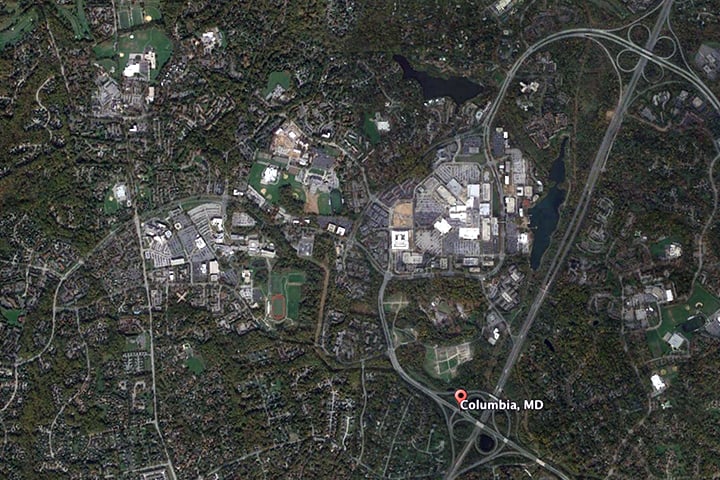
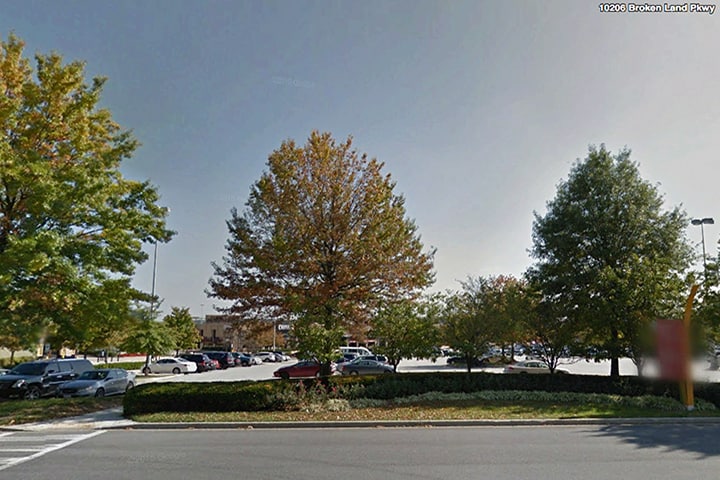
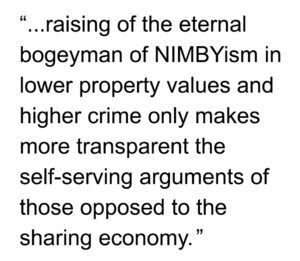 The raising of the eternal bogeyman of NIMBYism in lower property values and higher crime only makes more transparent the self-serving arguments of those opposed to the sharing economy. Let’s fight for the normal, not the abnormal created in 1926 by the U.S Supreme Court.
The raising of the eternal bogeyman of NIMBYism in lower property values and higher crime only makes more transparent the self-serving arguments of those opposed to the sharing economy. Let’s fight for the normal, not the abnormal created in 1926 by the U.S Supreme Court.

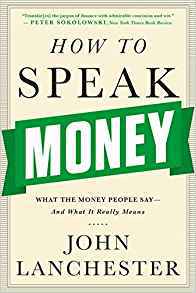
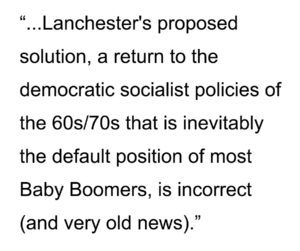 This means Lanchester’s proposed solution, a return to the democratic socialist policies of the 60s/70s that is inevitably the default position of most Baby Boomers, is incorrect (and very old news). As I recall, Reagan/Thatcher never supported the concept of near-monopolies as part of their broader economic strategy, which has, in fact, emerged in modern corporatism of the Western societies over the last 2-3 decades. This suggests that economic model we should be looking towards for a correction in the obvious abuses of the Neo-Liberal economic model (see bank fraud/credit crunch of the Great Recession) lies in the early 20th century ‘trust-busting’ model of Teddy Roosevelt. In this sense, the “Afterwood” serves its purpose by forcing anyone with a basic understanding of history and economics to draw to their own, more rational conclusions in order to reconcile the inherent contradictions of Lanchester’s argument. How to Speak Money: What the money people say… and what they really mean is worth the read but it should be read thoughtfully, not blindly. Grade: 3 1/2 stars
This means Lanchester’s proposed solution, a return to the democratic socialist policies of the 60s/70s that is inevitably the default position of most Baby Boomers, is incorrect (and very old news). As I recall, Reagan/Thatcher never supported the concept of near-monopolies as part of their broader economic strategy, which has, in fact, emerged in modern corporatism of the Western societies over the last 2-3 decades. This suggests that economic model we should be looking towards for a correction in the obvious abuses of the Neo-Liberal economic model (see bank fraud/credit crunch of the Great Recession) lies in the early 20th century ‘trust-busting’ model of Teddy Roosevelt. In this sense, the “Afterwood” serves its purpose by forcing anyone with a basic understanding of history and economics to draw to their own, more rational conclusions in order to reconcile the inherent contradictions of Lanchester’s argument. How to Speak Money: What the money people say… and what they really mean is worth the read but it should be read thoughtfully, not blindly. Grade: 3 1/2 stars


 About Wassily Kandinsky
About Wassily Kandinsky